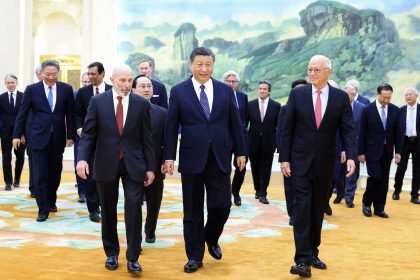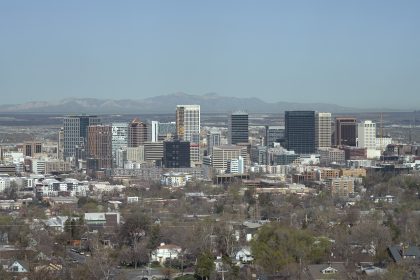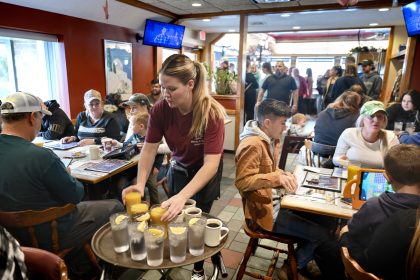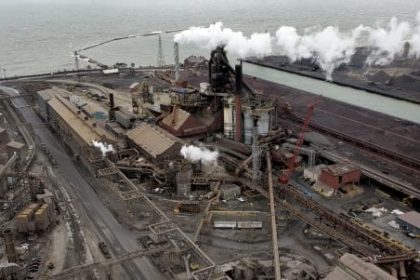As Americans Tap Savings, More Employee Ownership Can Help Retirement Security
COMMENTARY

Every holiday season the cost of travel, gifts and meals add up fast, forcing many people to stretch their budgets to close out the year. The skyrocketing price of everything from turkey to toys means this year Americans are feeling an even bigger pinch, and many are tapping into savings to make ends meet.
Leaders in both parties have expressed support for doing more to ease the consumer cost burdens brought on by inflation that have caused personal savings to drop to the lowest level since the Great Recession. While there is no single policy solution, the strain on American savings makes clear that Congress should not adjourn for the year without passing bipartisan legislation to help Americans save for a more secure retirement.
The U.S. House already passed the Securing a Strong Retirement Act, also know as SECURE 2.0, by an overwhelming bipartisan majority. That bill, which includes important measures to help more workers become owners of their companies through an employee stock ownership plan, is now pending before the Senate.
We know ESOPs boost worker savings. The S corporation ESOP structure has proved to be one of the best tools for increasing economic stability later in life. A recent study by Ernst & Young found that the average S ESOP account balance was over $100,000 in 2019, and an individual employee-owner participating in an S ESOP gets nearly $26,000 each year as an added benefit.
The ESOP benefit is one that is principally provided by employers, rather than paid for by workers. The culture of shared company ownership has also driven nearly all ESOP-owned businesses to provide employees with additional retirement and other benefits, like a 401(k) plan, further boosting their financial security. As a result, employees at private ESOP-owned companies have more than twice the average total retirement savings than Americans who work at nonESOP companies.
ESOPs are also powerful drivers of job security. Studies show that jobs at ESOP-owned companies are more stable, with far fewer layoffs than at nonESOP companies, and that ESOP company workers have greater job security during economic downturns. Employee-owners also report they are better equipped financially to handle big expenses like car payments, mortgages, college costs for their children and retirement costs.
It is no surprise, then, that the employee-owned model is a boon for company morale and workers are more likely to stay at their jobs longer — indeed, retention rates for employee-owners are almost double that of workers at nonemployee-owned firms, a factor that also boosts company productivity.
There has been a lot of talk about what Congress can do to help American workers save for retirement as they grapple with the financial pressures of inflation. One obvious opportunity is to grow the number of workers who are owners of their companies by enacting incentives for company owners to create more ESOPs. Given the strong bipartisan support for SECURE 2.0, Congress should work quickly to include this bill and its ESOP provisions. Giving businesses and workers more tools to increase savings for retirement, ensure job security and grow America’s economy is an urgent, commonsense step Washington can’t afford not to take.
Stephanie Silverman is the president and chief executive officer of the Employee-Owned S Corporations of America, which speaks exclusively for employee-owned S corporations. Since 1998, ESCA’s membership has grown to represent more than 215,000 employee-owners in every state in the nation. ESCA company members engage in a broad spectrum of business activities and are a variety of sizes — from 25-person businesses to companies with more than 18,000 employee-owners — but all have one thing in common: a commitment to protecting the S corporation ESOP structure and promoting it so that more working Americans can become employee-owners. ESCA can be reached via Twitter, LinkedIn or their website.























